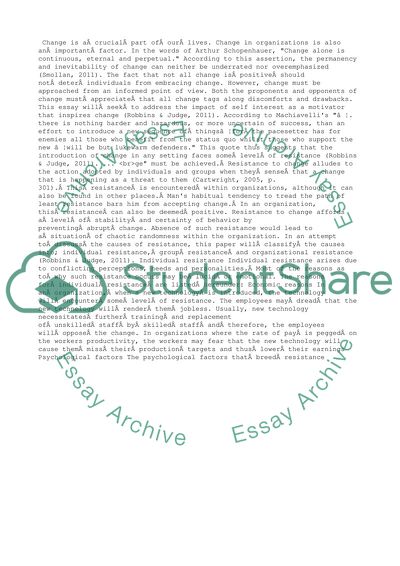Cite this document
(“The Impact of Self Interest in Relation to Change Essay”, n.d.)
The Impact of Self Interest in Relation to Change Essay. Retrieved from https://studentshare.org/management/1448577-the-impact-of-self-interest-in-relation-to-change
The Impact of Self Interest in Relation to Change Essay. Retrieved from https://studentshare.org/management/1448577-the-impact-of-self-interest-in-relation-to-change
(The Impact of Self Interest in Relation to Change Essay)
The Impact of Self Interest in Relation to Change Essay. https://studentshare.org/management/1448577-the-impact-of-self-interest-in-relation-to-change.
The Impact of Self Interest in Relation to Change Essay. https://studentshare.org/management/1448577-the-impact-of-self-interest-in-relation-to-change.
“The Impact of Self Interest in Relation to Change Essay”, n.d. https://studentshare.org/management/1448577-the-impact-of-self-interest-in-relation-to-change.


